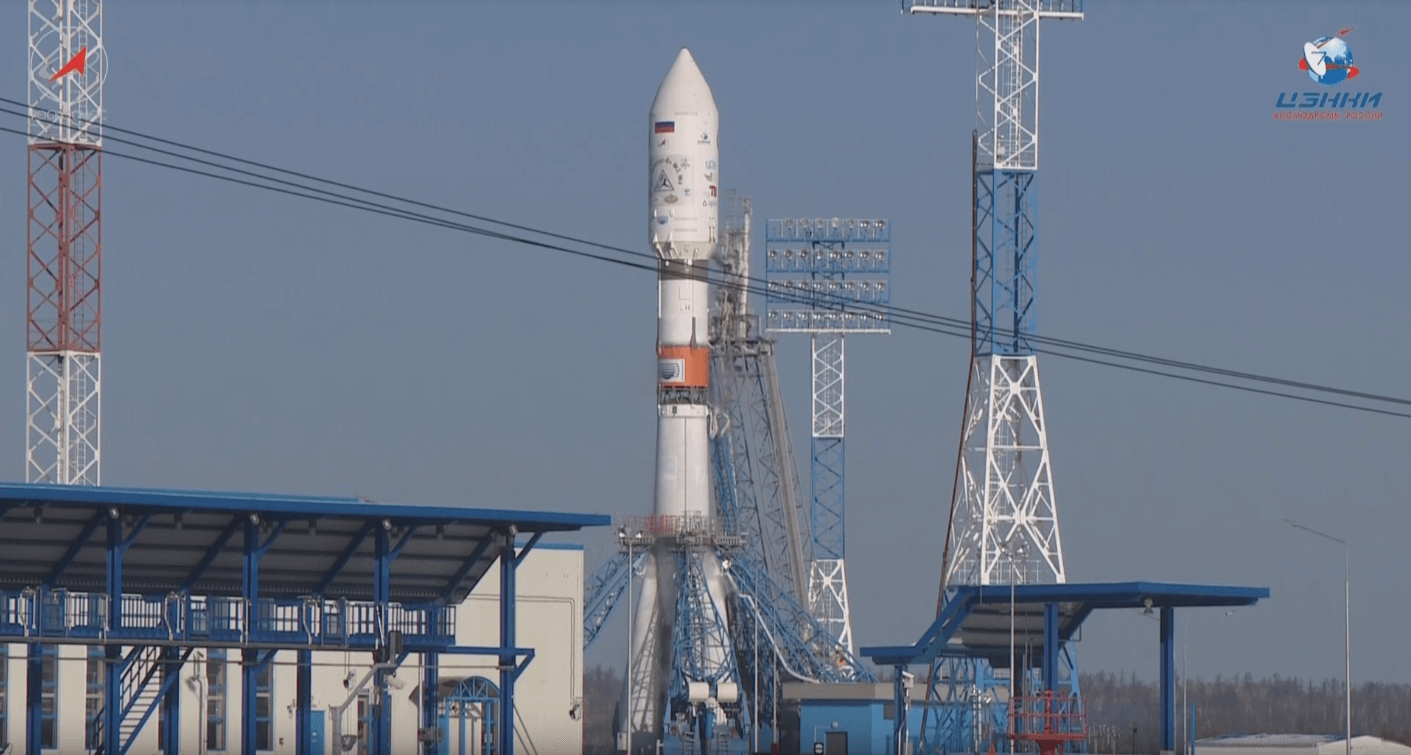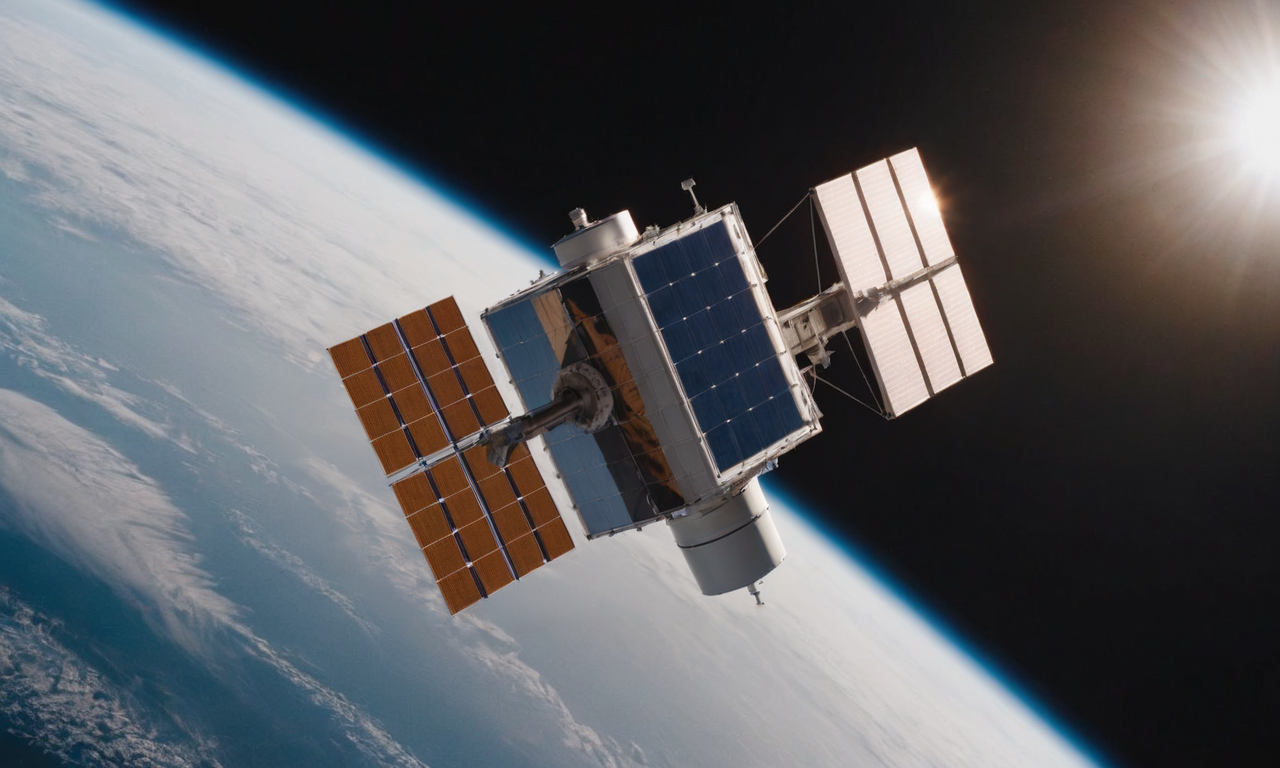· space brief · 5 min read
Space Brief 23 Nov 2024
Today's highlights include Canada's and Australia's investment in hypersonic defense, China's successful test of an inflatable space module, and Sweden's support of Ukrainian missile and drone production.

📄Top Stories
Canada and Australia have announced a significant investment in hypersonic missile defense technology, signaling a strategic focus on advanced military capabilities. Meanwhile, China has successfully tested its first inflatable space module, demonstrating innovative progress in space habitat technology. Sweden is backing Ukrainian production of long-range missiles and drones, boosting its defense capabilities.
📰Detailed Coverage
Canada and Australia Invest in Hypersonic Defense
In a strategic move to enhance missile defense capabilities, Canada and Australia have jointly pledged $474 million for hypersonic missile defense technology research. This investment was announced at the Halifax International Security Forum, indicating both nations’ commitment to addressing emerging military threats and fostering international collaboration.
Hypersonic missiles, which travel at speeds exceeding five times the speed of sound, pose significant challenges to traditional defense mechanisms due to their high speed and maneuverability. The pledged funds will drive research into developing advanced materials and interception technologies, essential for protecting national security interests.
Read the full story: Breaking Defense
China Tests Inflatable Space Module
China has quietly conducted a successful orbital test of an inflatable space module as part of the Shijian-19 mission. This advancement was revealed after the spacecraft’s recent touchdown, highlighting China’s growing capabilities in space innovation.
The inflatable module represents a cost-effective and flexible alternative to traditional rigid space habitats. Such technologies are poised to revolutionize space living quarters by providing more space per cost and weight, which are critical factors in space missions. This event marks a significant step forward in modular space infrastructure and could soon be tracked as part of our satellite tracking services.
Read the full story: SpaceNews
Sweden Supports Ukrainian Missile and Drone Production
Sweden has inaugurated a new initiative to fund Ukrainian domestic production of long-range missiles and drones. Defense Minister Pål Jonson announced that these efforts would be manufactured by Ukraine’s defense industry and financed by Sweden, enhancing Ukraine’s self-reliant defense capabilities.
This funding underscores Sweden’s commitment to supporting Ukraine amidst ongoing geopolitical tensions. The dual focus on long-range missiles and drone technology highlights the importance of modern warfare capabilities, potentially influencing regional defense dynamics.
Read the full story: Breaking Defense
Army’s Project Linchpin Prepares AI System Architecture
The U.S. Army is set to reveal Project Linchpin, an open-source AI platform designed to streamline integration across military applications. This initiative aims to provide flexibility akin to “plug and play” systems, allowing for rapid adaptation and deployment of AI technologies within defense platforms.
This project emerges as a response to the chaotic landscape of AI in defense, providing a structured framework that can accommodate diverse technological advancements without constraining innovation. By fostering open-source collaboration, the Army hopes to harness the broad spectrum of AI tools and capabilities emerging globally.
Read the full story: Breaking Defense
Lockheed and Pentagon Agree on F-35 Production
Lockheed Martin and the Pentagon have reached a preliminary agreement on the next two production lots for the F-35 fighter jets. While this “handshake deal” awaits formal contract finalization, it underscores continued investment in advanced air defense systems.
The agreement indicates a sustained commitment to the F-35 program, which has been central to modernizing U.S. and allied air forces with next-generation combat aircraft that feature enhanced stealth, agility, and advanced avionics.
Read the full story: Breaking Defense
🛰️Satellite Spotlight
- Satellite Name: EUTE 1-F1 (ECS 1)
- NORAD ID: 14128
- Launch Date: 1983-06-16
- Mission: Communications satellite providing European Coverage
- Orbit: Inclination 12.5884°, Period 1456.50 minutes, Eccentricity 0.0011372
- Operator: European Space Agency (ESA)
- Fun Fact: ECS 1 was part of a series of satellites that marked ESA’s first venture into geostationary communications satellites.
Current TLE Data:
1 14128U 83058A 24314.64064704 .00000044 00000-0 00000-0 0 89993
2 14128 12.5884 333.6103 0011372 173.3380 186.6542 0.98867300 40933Track this satellite in real-time on our web app: Track EUTE 1-F1 (ECS 1)
🚀Upcoming Space Launches
November 24
- Rocket Lab Electron:
- HASTE | Leidos-2 from Wallops Flight Facility, Virginia, USA (03:00 UTC) Second sub-orbital launch of Electron of the Hypersonic Accelerator Suborbital Test Electron (HASTE) program for Leidos and Dynetics.
- SpaceX Falcon 9 Block 5:
- Starlink Group 9-13 from Vandenberg SFB, CA, USA (03:26 UTC) A batch of satellites for the Starlink mega-constellation - SpaceX’s project for space-based Internet communication system.
- China Aerospace Science and Technology Corporation Long March 2C:
- Unknown Payload from Jiuquan Satellite Launch Center, People’s Republic of China (23:26 UTC)
November 25
- Rocket Lab Electron:
- Ice AIS Baby (Kinéis 11-15) from Rocket Lab Launch Complex 1, Mahia Peninsula, New Zealand (03:55 UTC) Third batch of five satellites for the French Kinéis IoT constellation designed to operate with 25 nanosatellites of 30 kg each.
- SpaceX Falcon 9 Block 5:
- Starlink Group 12-1 from Cape Canaveral SFS, FL, USA (09:32 UTC) A batch of satellites for the Starlink mega-constellation - SpaceX’s project for space-based Internet communication system.
November 26
- SpaceX Falcon 9 Block 5:
- Starlink Group 6-76 from Kennedy Space Center, FL, USA (03:31 UTC) A batch of satellites for the Starlink mega-constellation - SpaceX’s project for space-based Internet communication system.
November 27
- LandSpace Zhuque-2E:
- Unknown Payload from Jiuquan Satellite Launch Center, People’s Republic of China (01:51 UTC)
- Russian Space Forces Soyuz 2.1b:
- Kosmos (Unknown Payload) from Plesetsk Cosmodrome, Russian Federation (19:00 UTC) Russian military satellite(s) of unknown variant.
November 30
- Russian Federal Space Agency (ROSCOSMOS) Soyuz 2.1a/Fregat-M:
- Kondor-FKA No.2 from Vostochny Cosmodrome, Siberia, Russian Federation (00:00 UTC) The Kondor-FKA is a small civilian radar Earth observation satellite featuring S-band synthetic aperture radar for various survey modes.
Note: Launch dates and times are subject to change due to technical or weather considerations.

Maurice Stellarski





